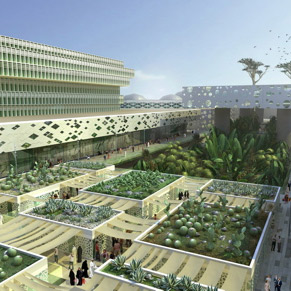
Kuwait Al-Rai masterplan by OMA
OMA in the Middle East: Office for Metropolitan Architecture has sent images and text of its Kuwait Al-Rai Development Masterplan - a study for a major mixed development in Kuwait City.

The masterplan features a central open-air pedestrian mall called The Avenues, which aims to reintroduce the idea of promenading to the car-dependent city.

Over the next few days we'll be publishing more OMA projects in the Middle East and providing links to those we've already published, to present a comprehensive directory of the firm's activities in the region.

Below is a full explanation of the Kuwait project provided by OMA:
--
Kuwait Al-Rai Development Text
The tensions between tradition and modernity are active in the countries of the Gulf area since the middle of the 20th century when they witnessed rapid development and change following the discovery of oil with economic quantities in the region. These tensions are evident and magnified in the Gulf countries more than in other parts of the world.
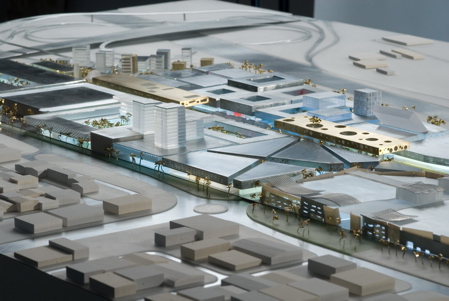
Kuwait is located on the northern corner of the Gulf and occupies an area of 17,818 square kilometers. Fifty years ago it was only a small fishing village, but it has emerged as one of the richest and most culturally significant cities in the area. Kuwait went through too-rapid modern transformation and development stage that took place with enormous speed.

In 1951 a study of Kuwait city identified an inventory of significant areas for “replanning". The list included the development of city zones for public buildings, industry, commerce, schools, new housing, parks, sports grounds, and other open spaces. The study also resulted in the redevelopment of the road system, including improved main roads linking Kuwait with the adjoining towns and villages.
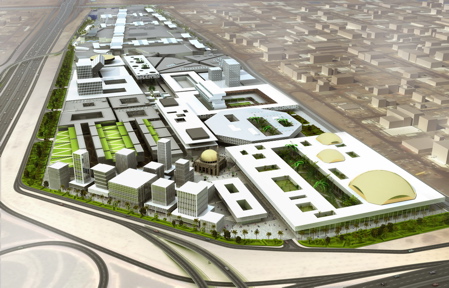
Beginning in the nineties, globalization had a strong impact on many cities of Third World countries. Central Business Districts, air-conditioned office towers, and fast-food franchises developed at larger rates, influenced heavily by familiar Western models. To date, the city of Kuwait has seen the effects of globalization in the city, from the level of urban and suburban sprawl to the development of western influenced shopping centers.

The proposal for the site in Kuwait city is to combine a mall, market, theatre, health center, convention center, hotel, mosque, office buildings, residential space, and a small industrial area.

Urban Context:
While the development is a departure from the surrounding built elements, the area around the site is already evolving in anticipation of the project. The area to the north of the site especially has a strong potential for redevelopment. This redevelopment can serve to strengthen the site and the number of visitors to the site. The fourth ring road is currently a commercial corridor. The completion of the Mabanee development will anchor the other side of this district along the fifth ring road. The region between these areas should be considered with the design of the northern perimeter such that future development could integrate and bring more people onto the site and create a larger destination than the Mabanee development alone, as has happened in the Salmiya area of Kuwait, which only strengthens the development.
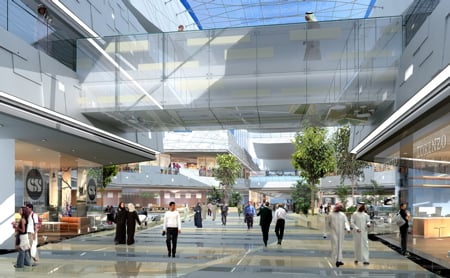
Climate:
Sensitivity to the climate is crucial in the planning of buildings. The inherent shapes can create shading while the planning of the scale and design of public spaces should consider shading also. The climate of the exterior areas needs to be considered such that there are levels of climatization. Interiors are air conditioned, but perhaps exterior areas may be also. There should be multiple types and degrees of shading mechanisms, with adaptable features that can be manipulated. Some of this can involve high tech devices but much of this can be simple and sensible planning and design as seen in the older buildings of downtown Kuwait, where ground floor setbacks with manually operated shading devices can be operated by the individual shop-owner. Canopies that can be extended and retracted are also favorable. These canopies could be large automatic devices in some areas, controlled by the development, while others can be small and manually operated controlled by individual tenants.
Promenade:
As Kuwait has developed, the pedestrian aspect of the city's urbanism has dwindled. The success of shopping malls can in some manner be attributed to peoples' desire to walk. Other than providing a climatized public space, the success of the mall can also be attributed to large expanse where one can walk uninterrupted while being entertained by program and activities. The idea of a promenade through the site that extends into the Avenues mall is a necessity. There should be a certain indication of a privileged or main route in the planning, but with many options to veer off the path along the way. The promenade should also be designed to encourage interaction in areas where the adjacent program would benefit from this activity.
Cars and parking:
As the car is an essential part of life in Kuwait, the development should recognize this and make the experience from car to the development as continuous as possible. Underground parking should be laid out in a way that is intuitively related to the activities above ground, and should be accessed in a variety of ways, ranging from completely vertical (elevators and escalators), to completely horizontal (large landscaped ramps) in order to eliminate or reduce the level of disorientation that occurs in the time between entering the garage and emerging from the garage.
KUWAIT AL-RAI DEVELOPMENT CREDITS
Project: Kuwait Al-Rai Development Masterplan
Status: Design Development
Client: Mabanee Development
Location: Kuwait
Budget: NA
Site:
Program: Boutique Mall, Office Park, Health and Therapy Center, Theatre, Mixed Use Offices, Boutique Hotel, 5 Star Hotel, Convention Center, Retail Buffer, Souks, Mosque
Partner:
Rem Koolhaas, Reinier de Graaf
Team:
Samir Bantal, Heidi Blais, Philippe Braun, Fernando Donis, Martin Gallovsky, Carlos Garcia Gonzalez, Pieter Janssens, Barend Koolhaas
--
>> see more architectural projects in the Middle East on our Google map
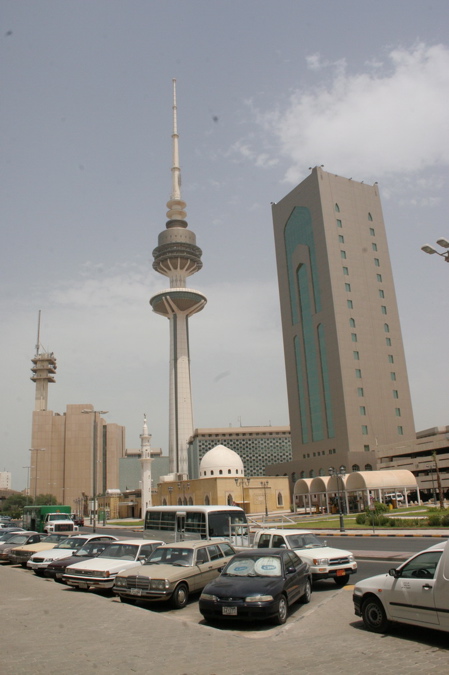
Above: Kuwait City